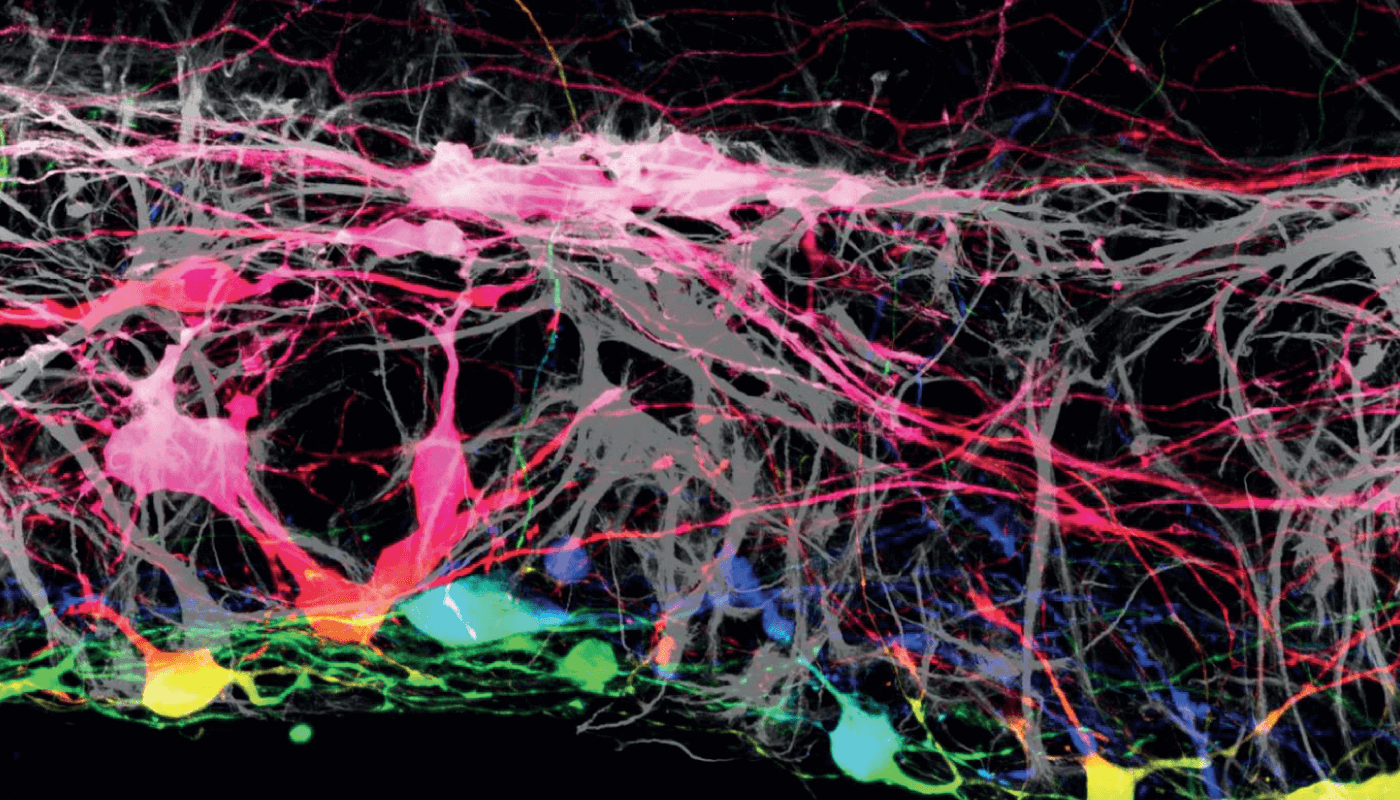
Johns Hopkins Medicine researchers have potentially uncovered the secret to successfully regrowing cells damaged by optic neuropathy. While assessing the behavior of human retinal ganglion cells that had been added to the surface of mouse retinas, the team found that the only cells that settled uniformly were in places where the researchers had cut the mouse retinas to get them to lie flat. Why? The answer appears to lie in the internal limiting membrane – the translucent connective tissue that separates the fluid of the eye from the retina. Only when the researchers removed the membrane and applied the transplanted cells to the retinas did the cells grow in a more normal pattern. Not only that, they also showed signs of establishing new nerve connections to the rest of the retinal structure, suggesting that internal limiting membrane alterations may be necessary to regrow damaged retinas.
References
- K Zhang et al., Stem Cell Reports, 16, 149 (2021). PMID: 33382979.
